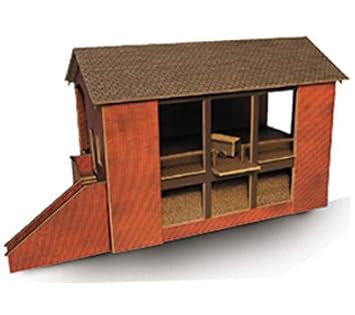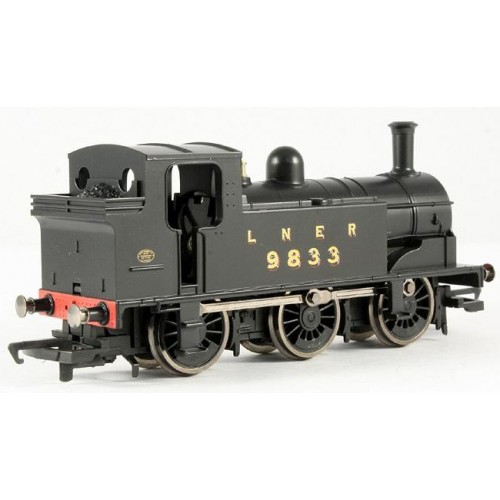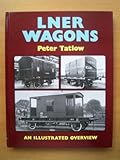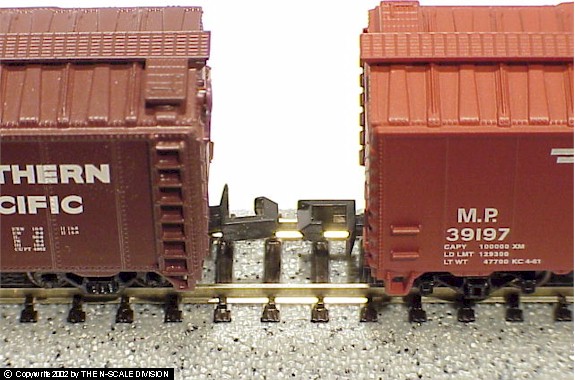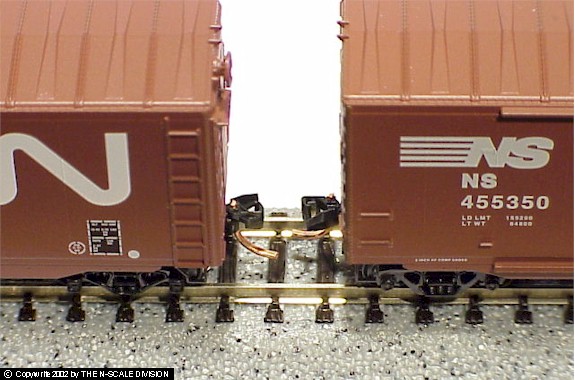The exact number isn't mentioned on the official web site, however a number of review and fan sites, such as ModelRailwayLayoutAdvice.co.uk mention that it will run to over 100 issues! That puts the price somewhere around the 900 GBP mark; expensive by anyone's standards!
So, what do you get for your money?
Your Model Railway Village Magazine
The magazine that comes with the various bits and pieces that go to making the layout qualifies as 'light reading'. It also includes the instructions for building the layout, and is accompanied by 4 quarters of the track plan.
To give Hachette credit, they've done a reasonable job of reducing the complexity of the hobby into bite sized chunks of history and technique. It's thin on details, but this is a consumer magazine rather than a specialist publication so that is to be expected.
One thing that isn't included with the magazine is the actual train, or power for the rails or lights. These are part of the special reader offer that requires collection of tokens in the magazine, as well as a fairly substantial payment.
Part of that payment is to buy the locomotive, but I'm fairly sure we can do at last as well as the reader offer by buying elsewhere.
Your Model Railway Village Locomotive
Being set in the 1960s, Hachette have chosen to focus on British Rail Maroon Mk 1 carriages, pulled along by a 'Junty'. This is an 0-6-0 steam engine, and the one presented as part of the special reader offer (see below) comes from Bachmann.
Given the quality of the rolling stock, the Bachmann locomotive that they suggest is possibly overkill.
A good alternative to the Bachmann locomotive would be the Hornby Railroad GWR Freight Pack, which comes with a GWR Jinty, and an open wagon, box van and brake. Okay, it's the wrong era, and in a jaunty green, but it's half the price of the Bachmann suggested.
Amazon has the Bachmann model listed at around 75 GBP, and Hachette are offering it for 69 GBP, so there's a slight saving to be had. But what of the other special offer items?
Your Model Railway Village Special Offers
The Special Offer comes in three parts:
- Bachmann Jinty 3F 0-6-0 Fowler Class locomotive (analogue) @ 69.99 GBP
- Electrical kit for track & lights @ 39.99
- Cork underlay @ 14.99 (or free to subscribers)
The engine, we've covered above. The electrical kit is a controller that can also supply accessory power, and comes with adequate cabling for connection to the track, and presumably lights, too.
Hornby manufacture controllers for around 20 GBP, which mounts to 35 GBP when you include the power supply. And Gaugemaster also do a combination for 39 GBP, which, at the same price point, represents better value for money. Gaugemaster kit is renowned for being solid and hard-wearing.
So, the special offers represent value, but for anyone who believes that the train, controller, and cork is an integral part of the magazine collection (which costs well over 900 GBP, don't forget) it's going to be a painful hit.
All in all, it's a good concept, and so far the execution represents value for money. In a future article, we'll look at the model buildings that will make up the 'village' in Your Model Railway Village.

